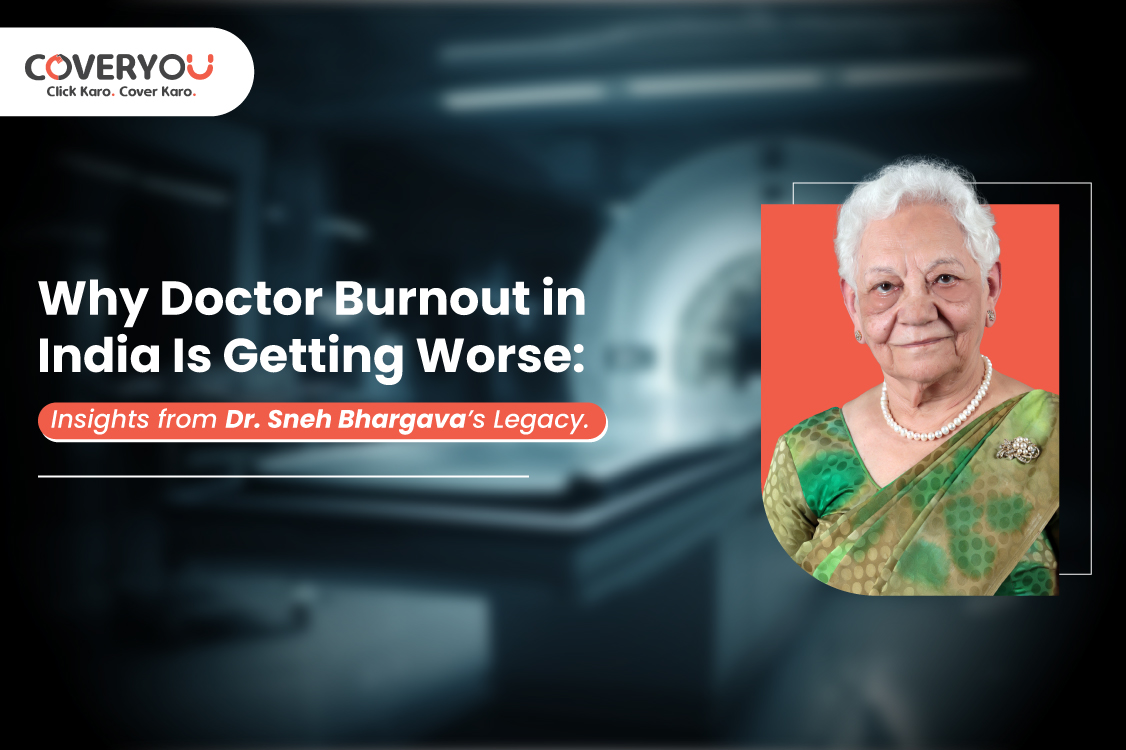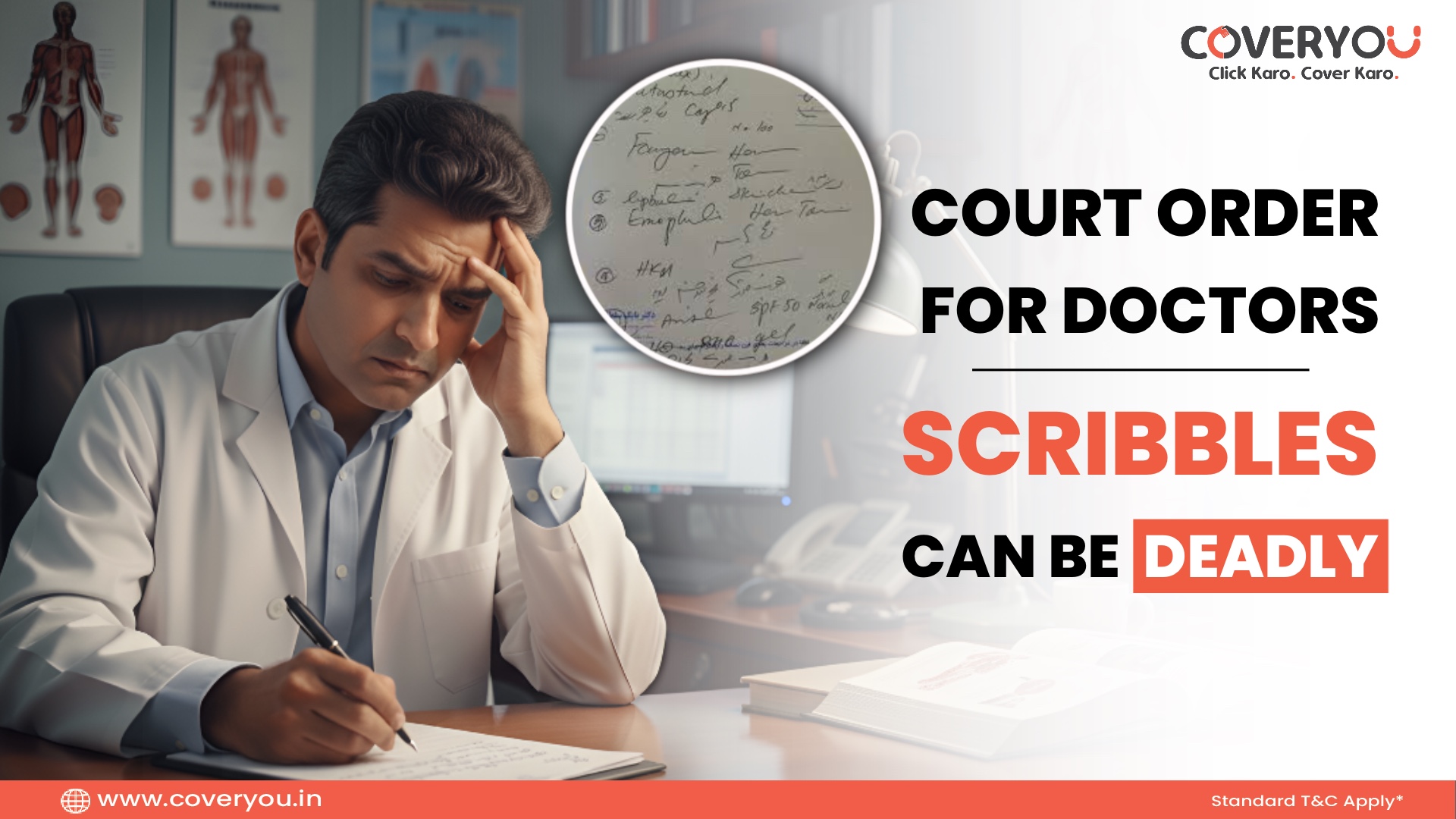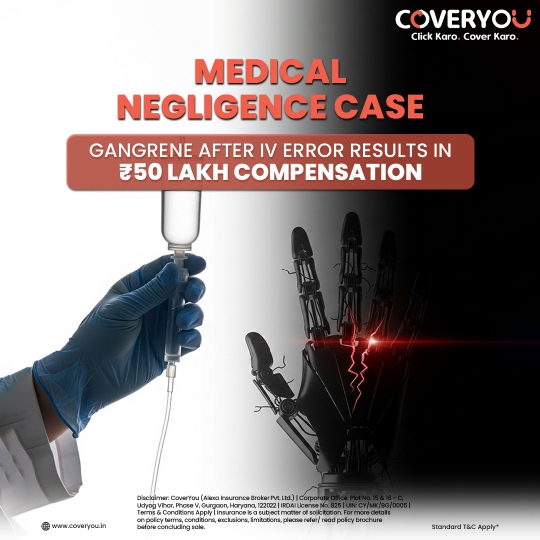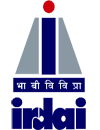Doctor burnout in India is not just a growing problem; it’s a quiet crisis reshaping the very soul of the medical profession. No one understands this better than Dr. Sneh Bhargava, India’s first woman radiologist and former director of AIIMS, who, in her 95th year, reflects on how the noble calling of medicine is becoming an exhausting profession where purpose is fading and profit is rising.
In her recently released memoir, The Woman Who Ran AIIMS, Dr. Bhargava opens a window into the unseen lives of young doctors, overworked and often emotionally numb. Her story is not just about one remarkable woman but about the thousands of doctors walking hospital corridors today, carrying stress on their shoulders and ideals in their hearts.
The Making of a Doctor: More Than a Decade of Sacrifice
Becoming a doctor in India is not just a degree; it’s a marathon. The journey spans nearly 11 years, five in medical college, one year of internship (half of which must be spent in rural healthcare), and three more in residency. For those pursuing specialization, the path stretches even longer.
Many students enter this field wanting to “serve the nation,” but by the end, the brutal grind of education often leaves them physically and emotionally drained. As Dr. Bhargava notes, “I saw many struggling to cope… It’s a long haul.”
Inside the Walls of AIIMS: A Day That Never Ends
A day in the life of a resident doctor at AIIMS begins early OPD by 9 AM and barely ends by 10 or 11 PM. No time for lunch, designated rest areas, and no pause to breathe. Just one patient after another, files to update, cases to analyze, and surgeries to prep.
Under this pressure, even the most well-intentioned doctors can falter. When queues grow, some skip proper patient history-taking and rely instead on lab tests and scans. This doesn’t just add to the radiologist’s burden, it leads to blind decision-making. Dr. Bhargava describes this as “working in the dark,” a damning reflection of how stress compromises care.
Where Did the GP Go? And Why It Matters
In India’s ideal healthcare model, a general practitioner (GP) would be the first point of contact. A GP treats the person, not just the symptom. But in today’s system, patients rush directly to specialists, often misidentifying their condition and spiraling into expensive, fragmented care.
Dr. Bhargava recalls an example: a single chest X-ray showing a nodule. A surgeon, a physician, and a cardiologist each gave different diagnoses. Only a GP could step back and look at the full picture. We’ve glorified specialists, but in the process, we’ve killed the GP system, and with it, the possibility of holistic and affordable care.
From Calling to Career: The Moral Cost of Burnout
Dr. Bhargava writes about the painful transition of medicine from a vocation to a career. Today, young doctors are more likely to say, “I want to make money like my uncle, the surgeon,” than “I want to serve.”
She doesn’t blame them entirely. Long shifts, mental exhaustion, and lack of institutional support have taken their toll. What once felt like service has become survival. This shift has also led to a culture of referrals and kickbacks, where patient trust is often a casualty. The very act of healing has been commodified.
The Emotional Deficit: Machines Can’t Feel
India’s hospitals may now be full of high-end scanners, robotic surgeries, and digital records, but where is the emotional intelligence?
Doctors are trained to be clinical, but as Dr. Bhargava reminds us, empathy is not weakness; it’s essential. The moment we strip patients of their clothes and identities, we must remember their humanity. Many doctors forget that. “The system,” she writes, “has become technologically proficient but emotionally deficient.”
A Lifetime of Leadership: Dr. Bhargava’s Legacy
Dr. Sneh Bhargava broke barriers that few dared touch. She wasn’t just India’s first female radiologist but shaped the future of radiology education, advocated for cutting-edge diagnostic tools, and mentored generations of doctors.
Dr. Bhargava was appointed as the director of AIIMS by Indira Gandhi, a bold move in a time when many believed “a woman couldn’t possibly handle the job.” She proved them wrong, not just through competence but through an unshakable ethical compass.
From pioneering subspecialties like neuroradiology and pediatric radiology to helping establish The National Medical Journal of India, her legacy is not just in textbooks; it lives on in every doctor she inspired.
What Can Be Done: Healing the Healthcare Professionals
Dr. Bhargava’s reflections are not just nostalgic; they’re instructive. If we are to fix doctor burnout in India, we must:
1: Limit overwork by enforcing real shift hours
2: Rebuild the GP system to ease specialist overload
3: Prioritize empathy and ethics in medical training
4: Support Ayurveda and traditional medicine, not with blind belief but through scientific research
We must stop asking doctors to carry the burden of a broken system alone.
Returning to the Heart of Saving Lives
Dr. Bhargava’s life reminds us that good medicine is not just about machines, degrees, or surgeries; it’s about humanity.
She tells of surgeons who prayed not for themselves but for the life on their operating table. Of doctors who saw each patient as a story, not a statistic. That’s what healing looks like. That’s what needs to be returned.
As Hippocrates said, “Wherever the art of medicine is loved, there is also love of humanity.” May that love guide us again.
Source:
https://www.hindustantimes.com/cities/delhi-news/the-woman-who-ran-delhi-aiims-from-the-memoirs-of-institute-s-1st-woman-chief-101747938266877.html
https://indianexpress.com/article/long-reads/sneh-bhargava-95-only-woman-director-of-aiims-owns-many-medical-firsts-plus-a-glimpse-roger-moore-10042843/

















